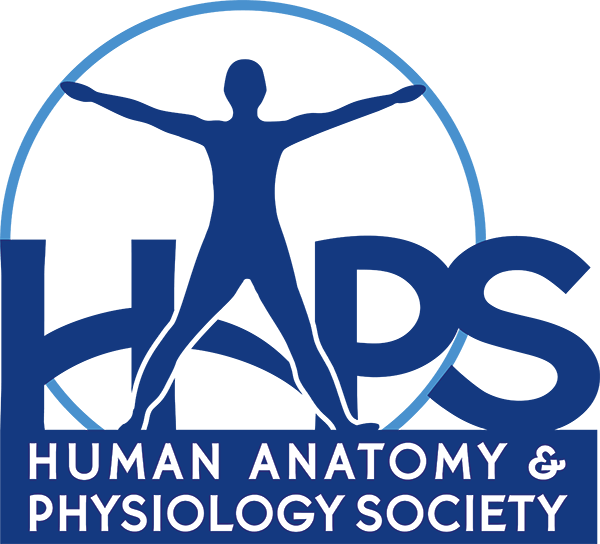When I first pondered what I would share in the HAPS blog, I considered my prior forays into online resources. I’d like to tell you about my first, not only so you can make use of it, but also for the lessons learned from it. For many years now, I’ve maintained a website with photos of microscope images, dissected specimens, and anatomical models. You can check it out at http://science.tjc.edu but I need to warn you, it’s seriously out of date and not long for this world.
Actually, the site is not as out-of-date as it was about a month ago, when I was musing about what to say about my website. I decided I really ought to look it over. Coincidentally, about that same time, I received 2 emails from colleagues, telling me my website was down. That meant I had to contact the webmaster at my college and ask what the problem was. It seems they had forgotten they had arranged to ‘park’ my materials on a small server, and when they needed to shut that server down, my stuff went with it. When I inquired, the IT staff agreed to reactivate the server until we could come up with a plan to move the content, as the server was running on an old operating system and needed to go. As of now, no actionable plan has been developed, but the clock is still ticking.
My web guru at the College was concerned not only with outdated material and broken links, but also with complying with college standards for online materials. I have some time-consuming work ahead of me, if I wish to maintain my space on the College’s server. I also have to change my work habits to include getting approval of material from the web gate-keeper, I’m sure.
So, what I’ve done so far is delete extraneous material (outdated faculty directories, expired schedules, out-of-date degree plans) and leave up only the biological images that are popular with faculty and students around the world. Unfortunately, the software I used to build the site (FrontPage) is no longer available. And, some of my fanciest ‘footwork,’ such as hotspots in images, don’t work anymore.
Here’s the moral of my story – Keep up with your online resources! I should have kept better archival files, so that I can’t inadvertently delete the only high-res file of irreplaceable images, such as the aortic aneurism we found when dissecting a cat. I should have learned to use a more modern program than FrontPage before losing access to my own site. I should have migrated to the cloud by now!
In a happier vein, my web resources have led to interesting contacts with people requesting permission to use, or to publish, some of our images. My colleagues and I (primarily Pam Gregory, who is a whiz at graphics) have had images published in a textbook in France and a professor’s notes in Ireland. We’ve also discovered unauthorized versions with English labels replaced by other languages, or posted without attribution on other people’s websites. I have mixed feelings about that last – we do give free permission to use for educational purposes. I’m not sure what proper etiquette is on using someone else’s work online, but it was disconcerting to see our images posted on someone else’s page, with no mention of our ownership.
Here are some questions I’d love to hear answers to:
What are other Hapsters doing online?
What do you think is the proper way to acknowledge when you are using someone else’s images?
How do you keep track of your online materials?
How can HAPS help us share, and keep current, our treasury of resources?
And, finally, for those who wish to use our images, our request is that you let us know (so we can justify keeping our website as ‘marketing’ for the College), and attribute to “Betsy Ott and Pam Gregory, Tyler Junior College, Tyler, Texas.”
